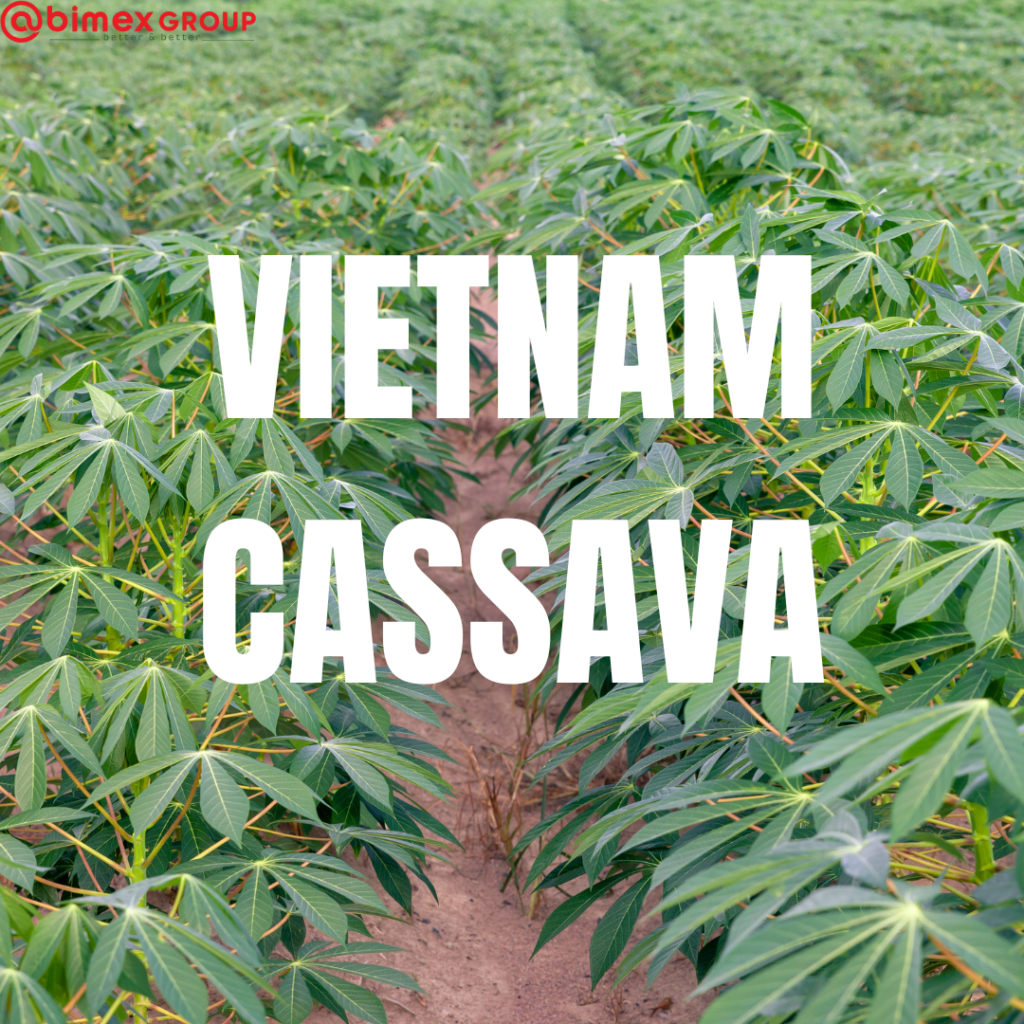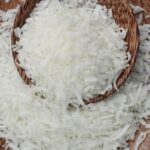CASHEW NUT SHELL OIL
Table of Contents
ToggleIntroduction
Tapioca starch production is a cornerstone of Vietnam’s agricultural sector, contributing significantly to the national economy, generating over $1 billion annually through exports and providing employment for hundreds of thousands of workers across the supply chain. This article explores the economic impact of tapioca starch, highlighting its role in creating jobs, boosting export revenues, and fostering rural development.

Employment Opportunities in Tapioca Production
The tapioca starch industry employs thousands of workers, from farmers cultivating cassava to factory workers processing starch.
Cassava farming is labor-intensive, providing steady income to rural families.
Factories offer employment opportunities for skilled and unskilled workers, contributing to community growth.
In regions where cassava is a primary crop, entire communities thrive on the economic stability provided by this industry. Seasonal hiring further amplifies its role in reducing unemployment, especially during harvest and processing periods.
Boosting Export Revenues
Vietnam is one of the largest exporters of tapioca starch, ranking second globally after Thailand, with markets spanning Asia, Europe, and North America. In 2024, the country exported over 2.3 million tons of tapioca products, reinforcing its significant role in the global market.
In 2024, tapioca exports accounted for millions in revenue, bolstering Vietnam’s GDP.
Competitive pricing and high-quality products make Vietnamese tapioca starch a preferred choice globally.
Trade agreements and advancements in transportation infrastructure have further streamlined exports, allowing businesses to access untapped markets efficiently. These exports not only generate income but also establish Vietnam as a leader in agricultural innovation.
Fostering Rural Development
The growth of the tapioca industry has improved infrastructure in rural areas.
Roads, storage facilities, and irrigation systems have been upgraded.
Training programs enhance farmers’ skills and knowledge, increasing productivity.
Government initiatives focusing on rural development align closely with the industry’s expansion. Education programs in sustainable farming methods and access to modern equipment have empowered farmers to improve yields while minimizing environmental impact.
Conclusion
Tapioca starch production is more than just a business; it is a driving force for Vietnam’s economy and a catalyst for rural progress. By continuing to invest in sustainable practices and modernizing infrastructure, Vietnam can maintain its leadership in the global tapioca starch market while ensuring long-term economic benefits.












